Cairo's Islamic Heritage Unveiled
Embark on a captivating free walking tour through Cairo's Islamic treasures, where history, architecture, and culture intertwine in a mesmerizing journey.
Time
3 Hours
Stops
5 Places
Distance
3.2 km
Mosque of Ibn Tulun
Begin your tour at the Mosque of Ibn Tulun, one of Cairo's oldest and largest mosques, showcasing classic Islamic architecture and providing panoramic views from its minaret.
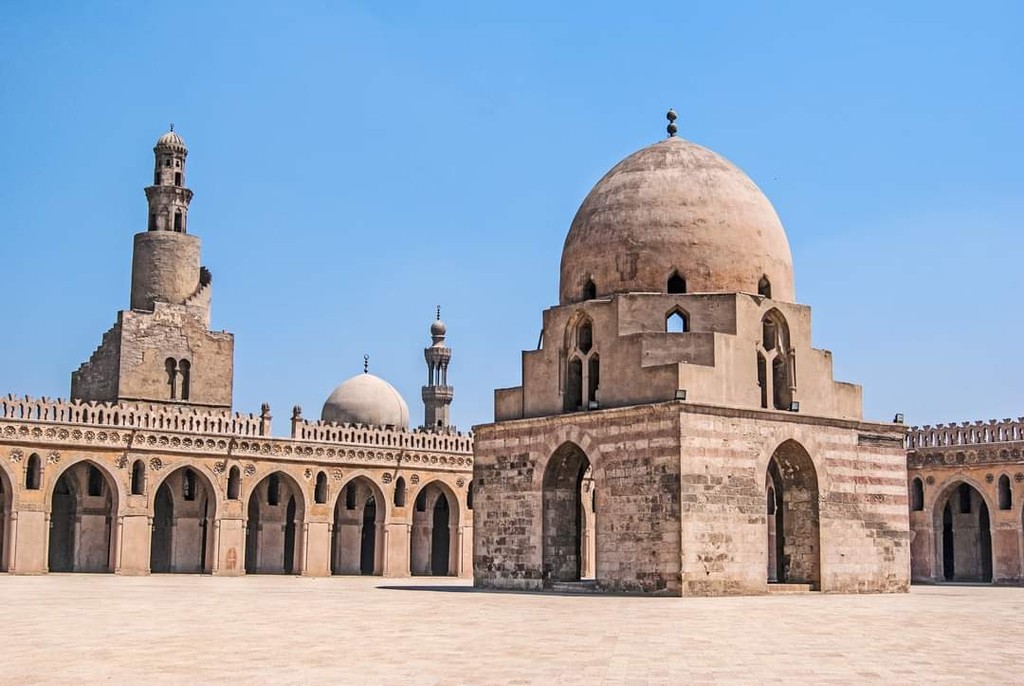
Mosque of Ibn Tulun (Source: Google Maps)
The Mosque of Ibn Tulun, completed in 879 AD, is one of the oldest mosques in Cairo and a masterpiece of Islamic architecture. Its design reflects the Abbasid style, characterized by a large open courtyard surrounded by arcades. The mosque's minaret, inspired by the Samarra style, stands at 40 meters and offers breathtaking views of the city. Notably, the mosque features intricate stucco work and geometric patterns, showcasing the artistic prowess of the era. Its historical significance lies in its connection to the Abbasid caliphate and its role in the cultural and religious life of Cairo. The mosque is not just a place of worship but a symbol of Egypt's rich Islamic heritage.
Gayer-Anderson Museum
Adjacent to the Mosque of Ibn Tulun, this museum is housed in two adjoining 16th-century houses and offers a fascinating collection of Islamic art and artifacts.
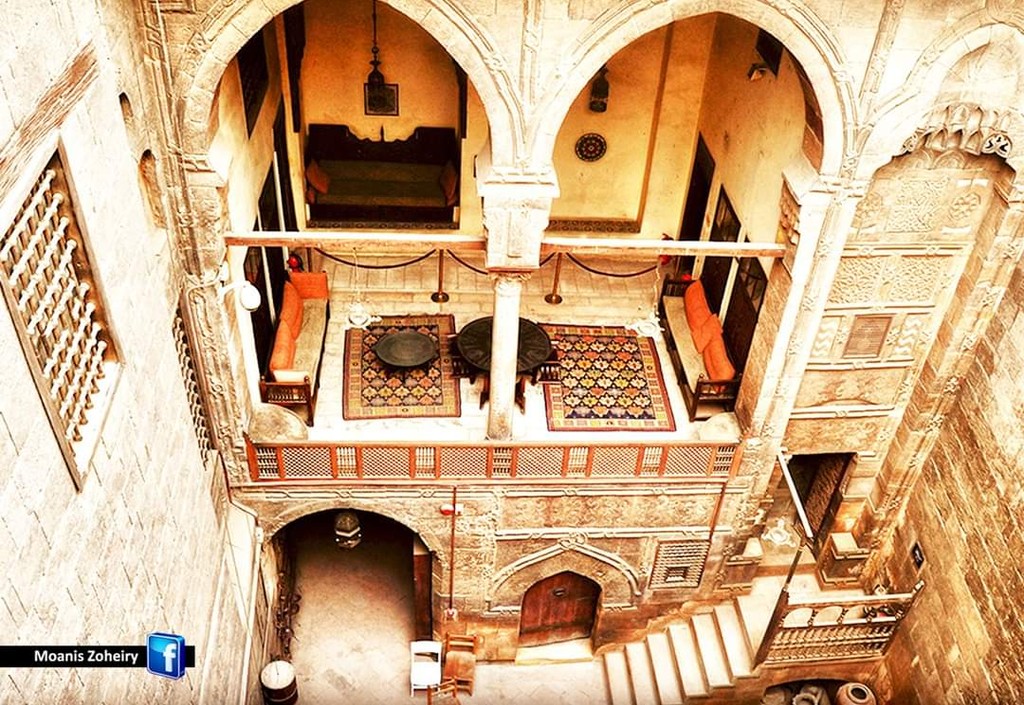
Gayer-Anderson Museum (Source: Google Maps)
The Gayer-Anderson Museum is a remarkable cultural site housed in two 16th-century houses adjacent to the Mosque of Ibn Tulun. This museum is named after the British army officer Sir Robert Gayer-Anderson, who lived here in the 20th century and collected an impressive array of Islamic art and artifacts. The museum showcases a diverse collection, including textiles, ceramics, and furniture that reflect the rich history of Islamic civilization. The architecture of the houses themselves is a blend of Islamic and Ottoman styles, featuring beautiful courtyards and intricate woodwork. Visitors can explore the various rooms, each telling a story of the lifestyle and culture of the period. The museum not only preserves the artistic heritage of the Islamic world but also offers a glimpse into the daily life of its inhabitants.
Sultan Hassan Mosque and Madrasa
A short walk away, visit the impressive Sultan Hassan Mosque and Madrasa, known for its grand scale and stunning Mamluk architecture.
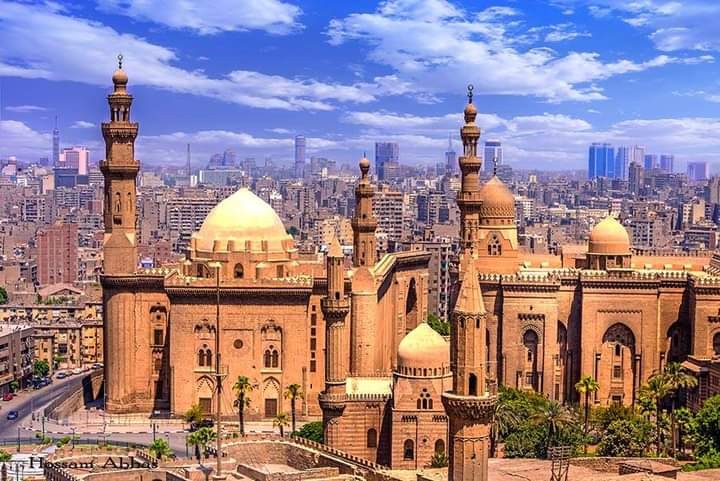
Sultan Hassan Mosque and Madrasa (Source: Google Maps)
The Sultan Hassan Mosque and Madrasa, built in the 14th century, is a monumental example of Mamluk architecture and is considered one of the largest mosques in the world. Its grand scale and intricate design make it a highlight of Cairo's Islamic skyline. The mosque features an enormous prayer hall, stunning domes, and a massive minaret that reaches 68 meters high. The madrasa, attached to the mosque, served as an important educational institution where students studied various Islamic sciences. The architectural details, including elaborate tile work and calligraphy, reflect the artistic achievements of the Mamluk era. The mosque's historical significance is profound, as it symbolizes the power and influence of the Mamluk sultans in Egypt and remains a vital center for Islamic worship and education.
Al-Rifa'i Mosque
Just across from Sultan Hassan, Al-Rifa'i Mosque is a beautiful 19th-century structure that serves as a royal mausoleum, blending various architectural styles.
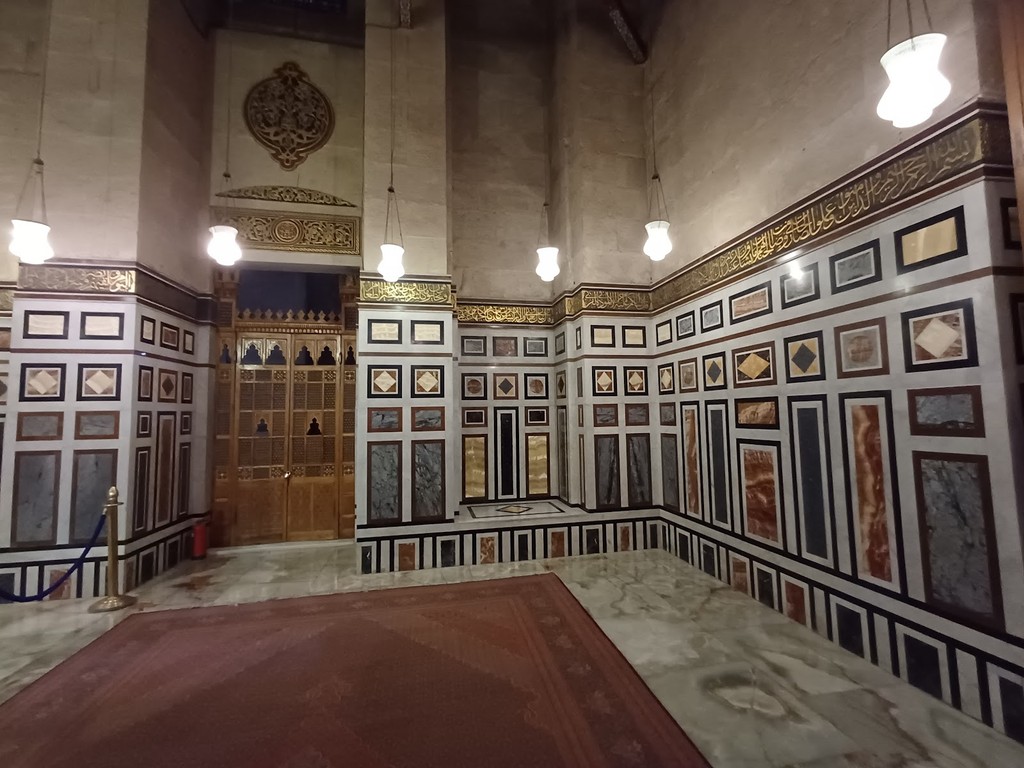
Al-Rifa'i Mosque (Source: Google Maps)
The Al-Rifa'i Mosque, completed in the 19th century, is a stunning example of Islamic architecture that combines various styles, including Mamluk and Ottoman influences. Located directly across from the Sultan Hassan Mosque, it serves as a royal mausoleum for members of the Egyptian royal family. The mosque's exterior is adorned with intricate tile work and features a majestic dome that dominates the skyline. Inside, visitors can admire the exquisite craftsmanship in the mihrab and the beautifully decorated prayer hall. The mosque is not only a place of worship but also a site of historical significance, as it houses the tomb of the last Shah of Iran, Mohammad Reza Pahlavi. Al-Rifa'i Mosque stands as a testament to the rich cultural tapestry of Cairo, blending history, art, and spirituality.
Al-Azhar Mosque
Conclude your tour at Al-Azhar Mosque, a center of Islamic learning and one of Cairo's most significant religious sites, known for its beautiful architecture and historical importance.
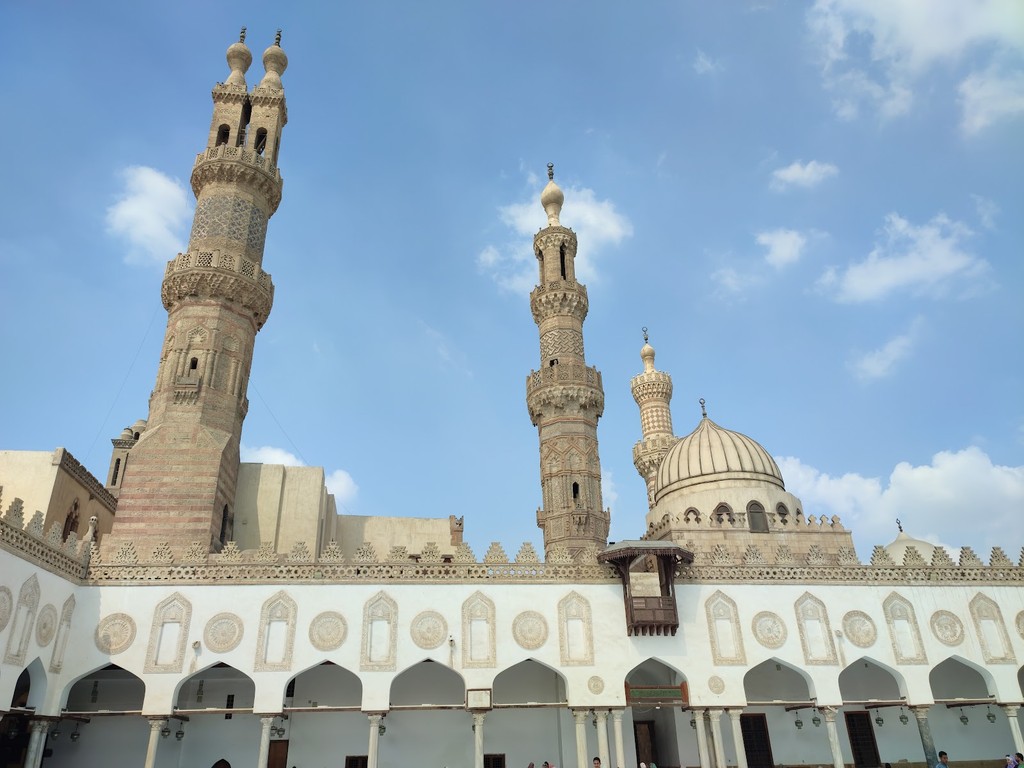
Al-Azhar Mosque (Source: Google Maps)
Al-Azhar Mosque, established in the 10th century, is one of the oldest universities in the world and a pivotal center for Islamic scholarship. Its architecture is a blend of various styles developed over the centuries, showcasing beautiful minarets and a serene courtyard. The mosque plays a crucial role in the religious and educational life of Muslims, attracting students and scholars from around the globe. The interior is adorned with intricate calligraphy and artwork that reflects the mosque's historical significance as a place of learning. Al-Azhar has been a beacon of Islamic thought and culture, influencing religious practices and education throughout the Muslim world. Today, it continues to be a vital institution, symbolizing the enduring legacy of Islamic scholarship and the cultural richness of Cairo.

Your travels, your rules.
Create your own Free Walking Tours.
Set your preferences, distances and anything you want to do or see.
Completely free, no payment required.